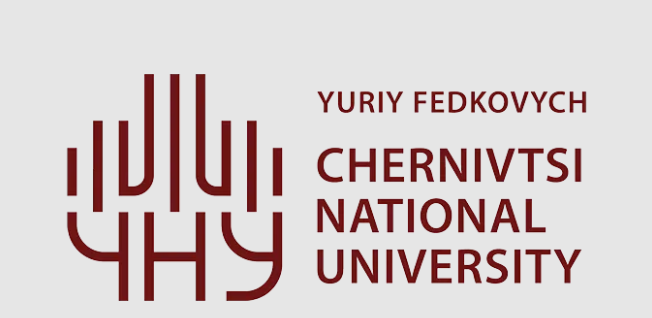JUDICIAL SYSTEM AND SOCIAL COMMUNICATION: A COMPARATIVE LEGAL ANALYSIS OF THE USA AND UKRAINE
DOI:
https://doi.org/10.32782/ehrlichsjournal-2024-11.01Keywords:
judiciary, courts, public, communication, communication strategy of the judiciary, judicial communicationsAbstract
With the development of communication tools, it is important for courts to understand how traditional and new media can be used, and sometimes misused, to communicate effectively with the public. The essence of law and the processes taking place in law and in the surrounding reality can be analysed from many perspectives and angles. One of them is the communicative approach, elements of which can be seen both at the level of creation and application of law. In a broad sense, it should be viewed as a set of intentional processes by which information about facts and the content of legal provisions is transmitted and processed between participants in the legal decision-making process. At the same time, decision-making processes include various models of communication – both simple (one-way – monologue or feedback – dialogue) and complex (discourse). Social media play an important role in judicial communication and offer many benefits, including the opportunity to help. Legal communication in general, and communication between civil society and the judiciary in particular, is a multidimensional, integrative category that encompasses political, social, legal, psychological, ethical, and cultural components. Social media allows courts to control the narrative. Instead of relying solely on news organisations, courts can provide real-time updates and share unbiased facts. Similarly, a social media presence allows the court to monitor events, topics and conversations that could lead to disinformation. It also enables the court to combat false information about its operations. Judicial communicators can use social media platforms to communicate, engage with the public and build their credibility.
References
Вон Д., Петрова Н., Філіпенко Д. та ін. Зв’язки із громадськістю в судах: навч.-практ. посібник для суддів і працівників апарату судів. Київ: ТОВ «Друкарня «Бізнесполіграф», 2015. 232 с.
Грищук О. Доброчесність судді через призму сучасних соціальних трансформацій. Слово національної школи суддів України. 2020. № 1(30). С. 6–25.
Іл’юк Д.Д. Взаємодія судової влади та громадськості: комунікаційний аспект. Ерліхівський журнал. 2023. Вип. 7. С. 38–44.
Черповицька І., Удовика Л. Комунікація громадянського суспільства й судової влади: методологічні підходи дослідження. Науковий вісник Ужгородського національного університету. Серія: Право Том 1 № 86 (2024) С. 138–148.
Discussion Guide: The Risks and Benefits of the Use of Social Media by Judges (Global Judicial Integrity Network) URL: https://www.unodc.org/documents/ji/discussion_guides/Managing_the_Risks_and_Benefits_of_Use_of_Social_Media_by_Judges.pdf
GBAO Strategies, State of the State Courts: 2019 Poll (National Center for State Courts, survey conducted November 18-23, 2019) URL: https://www.ncsc.org/survey
State of the State Courts//2024 Poll URL: https://www.ncsc.org/__data/assets/pdf_file/0026/106397/State-ofthe-State-Courts-2024-poll-presentation.pdf







